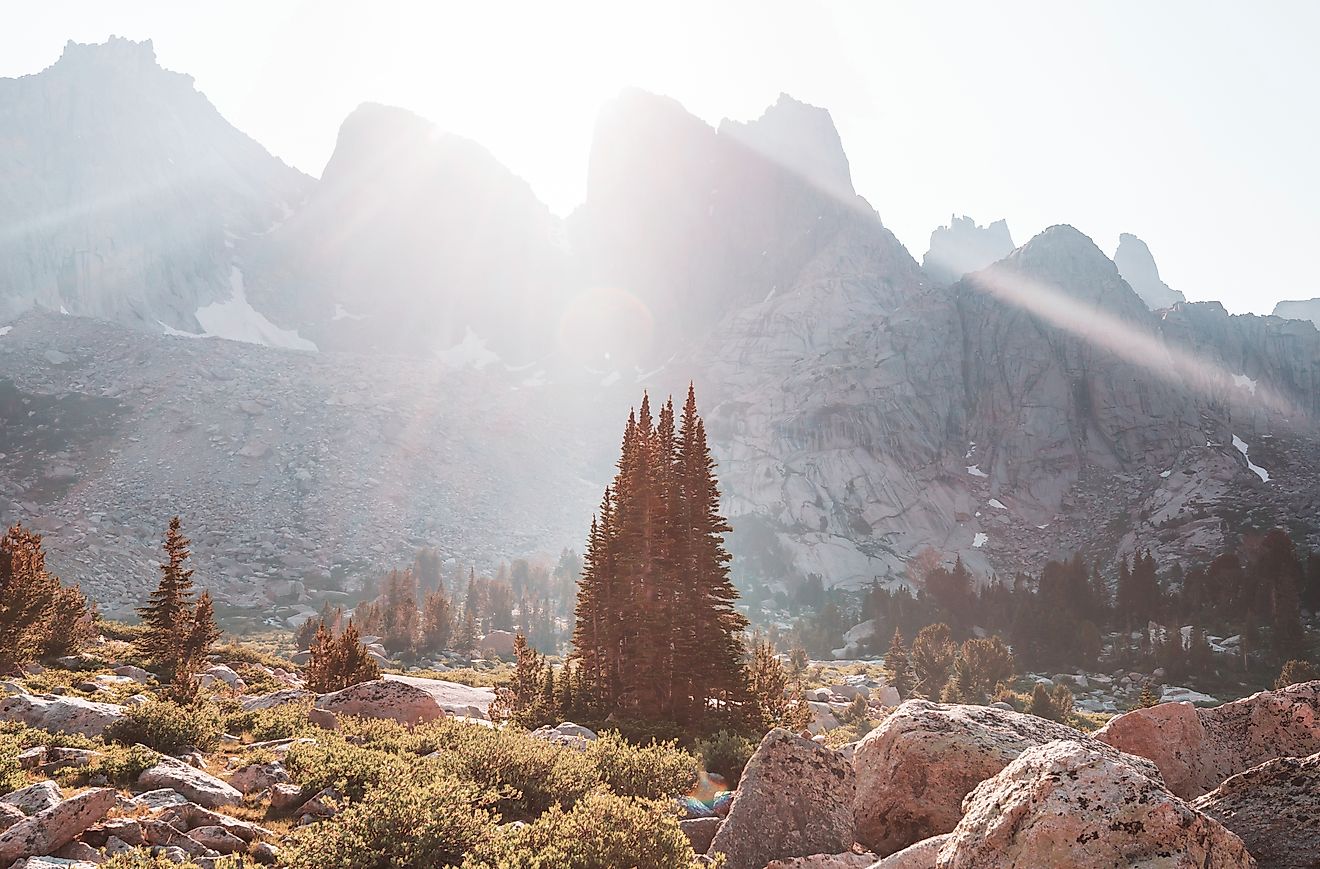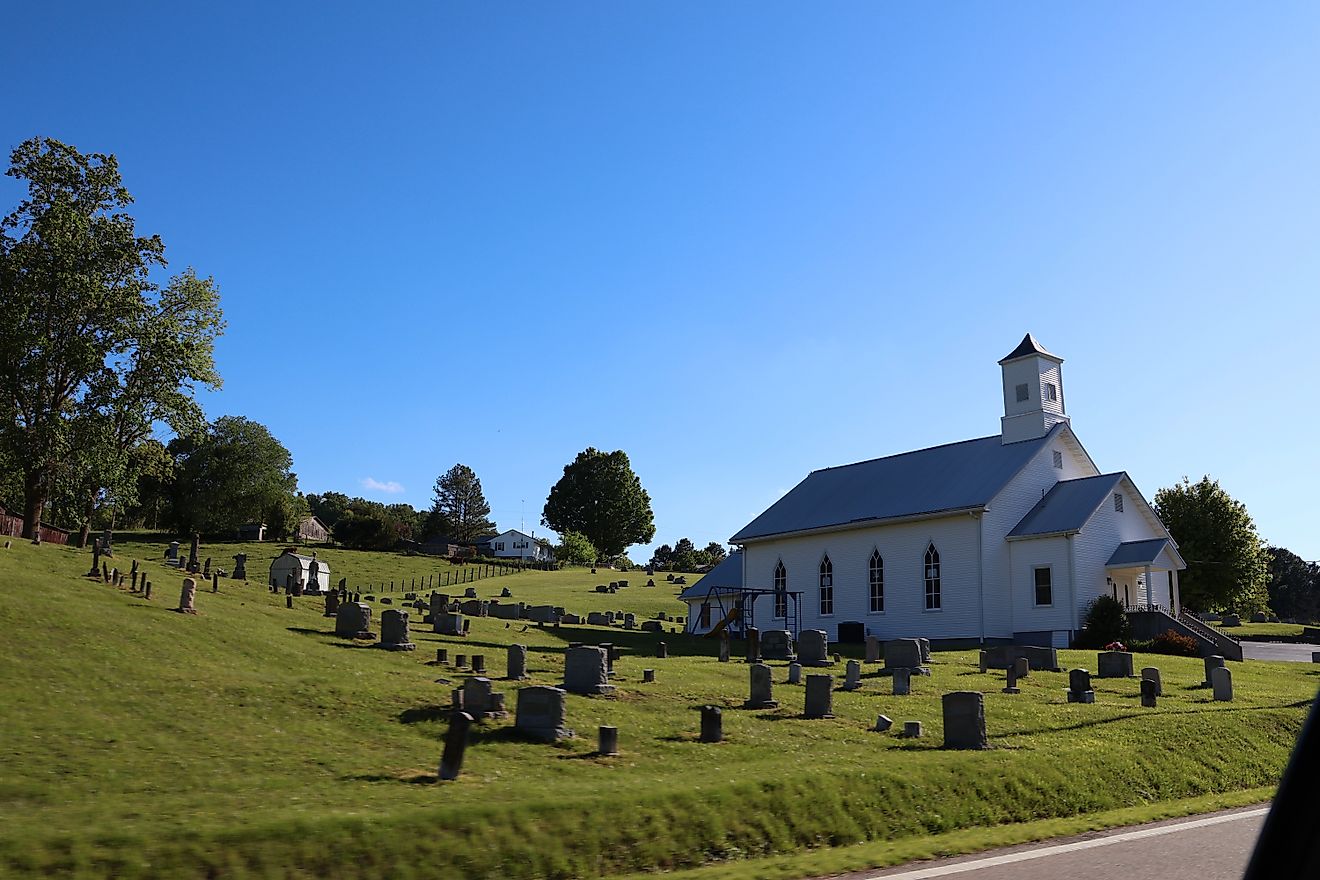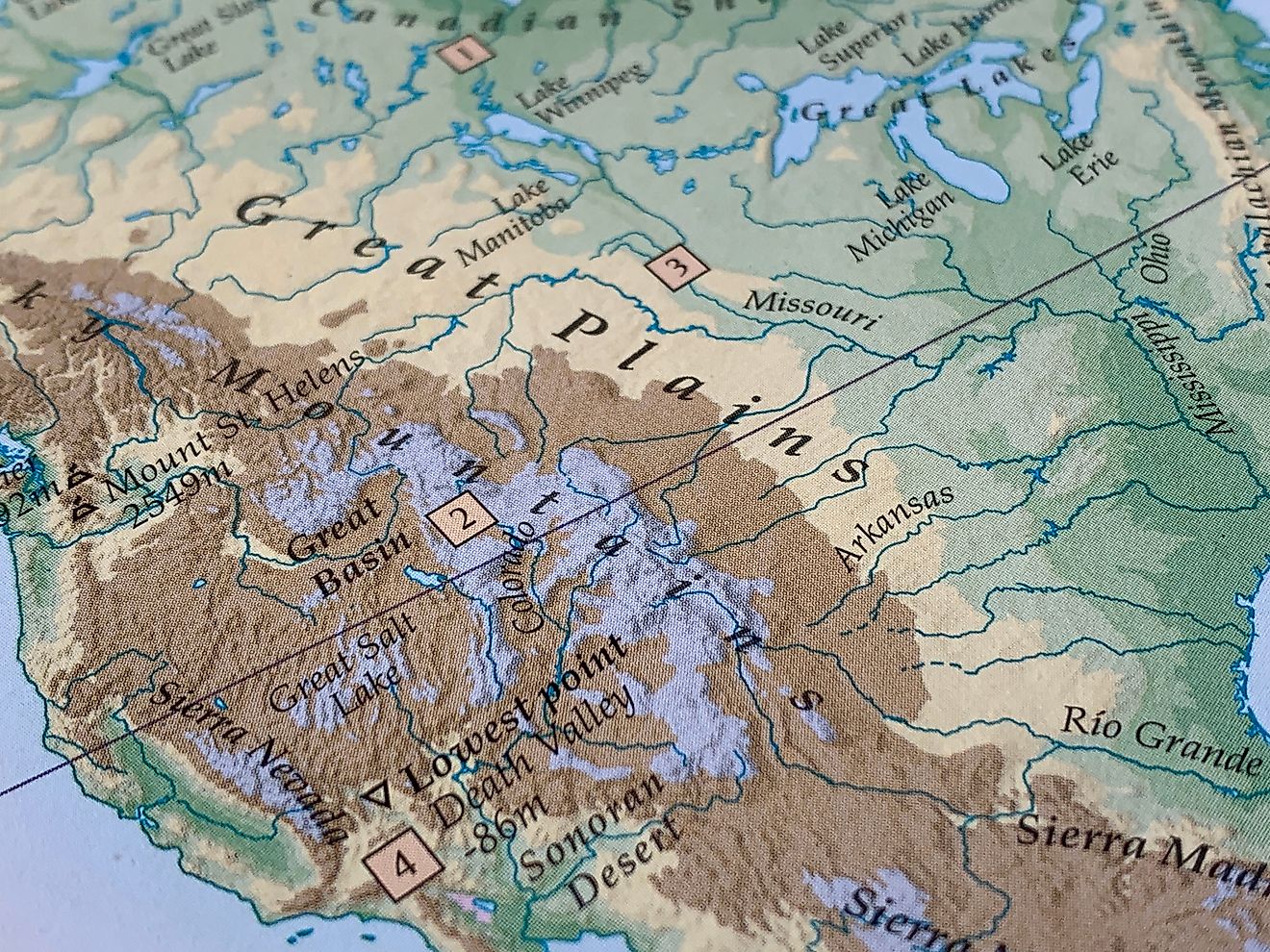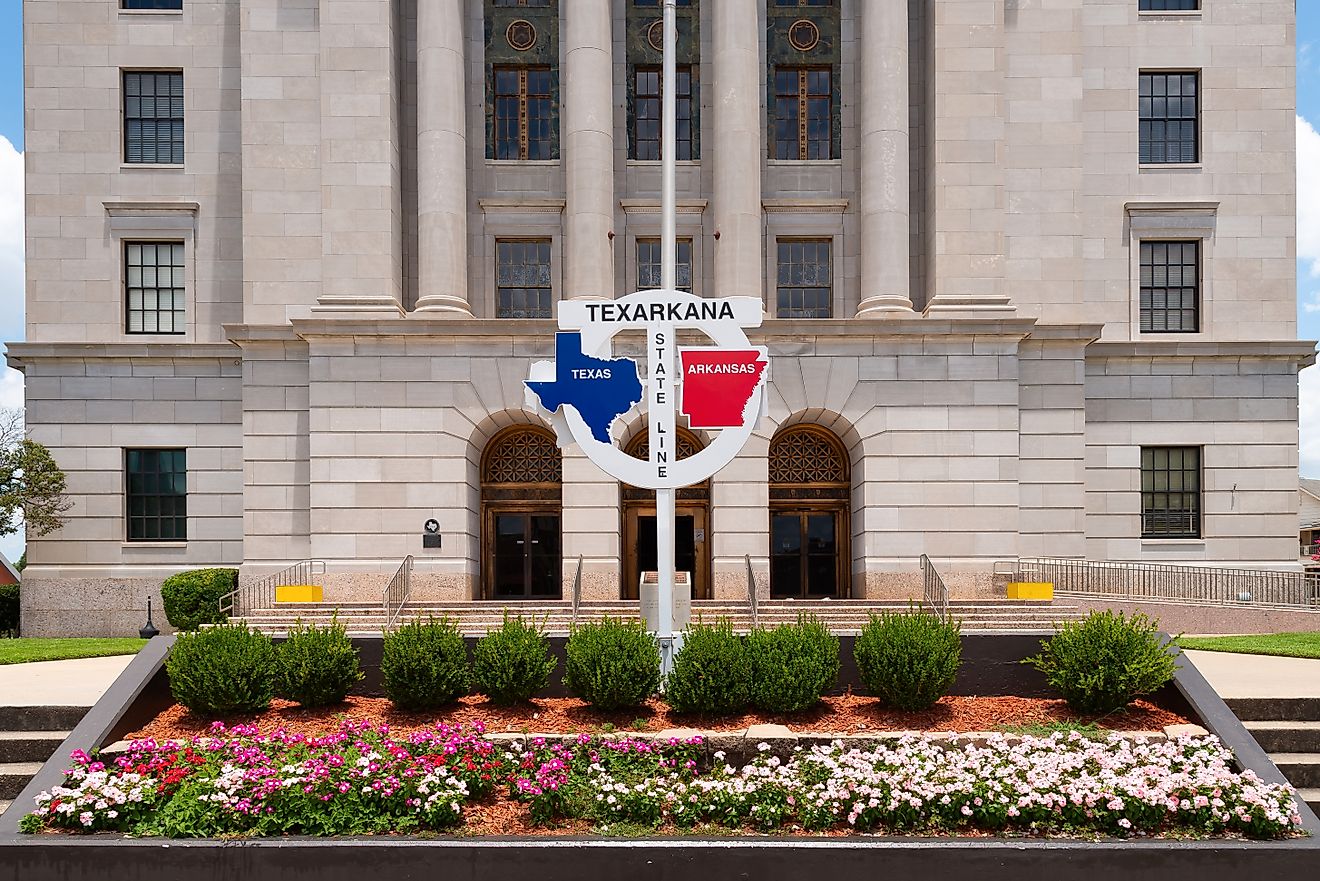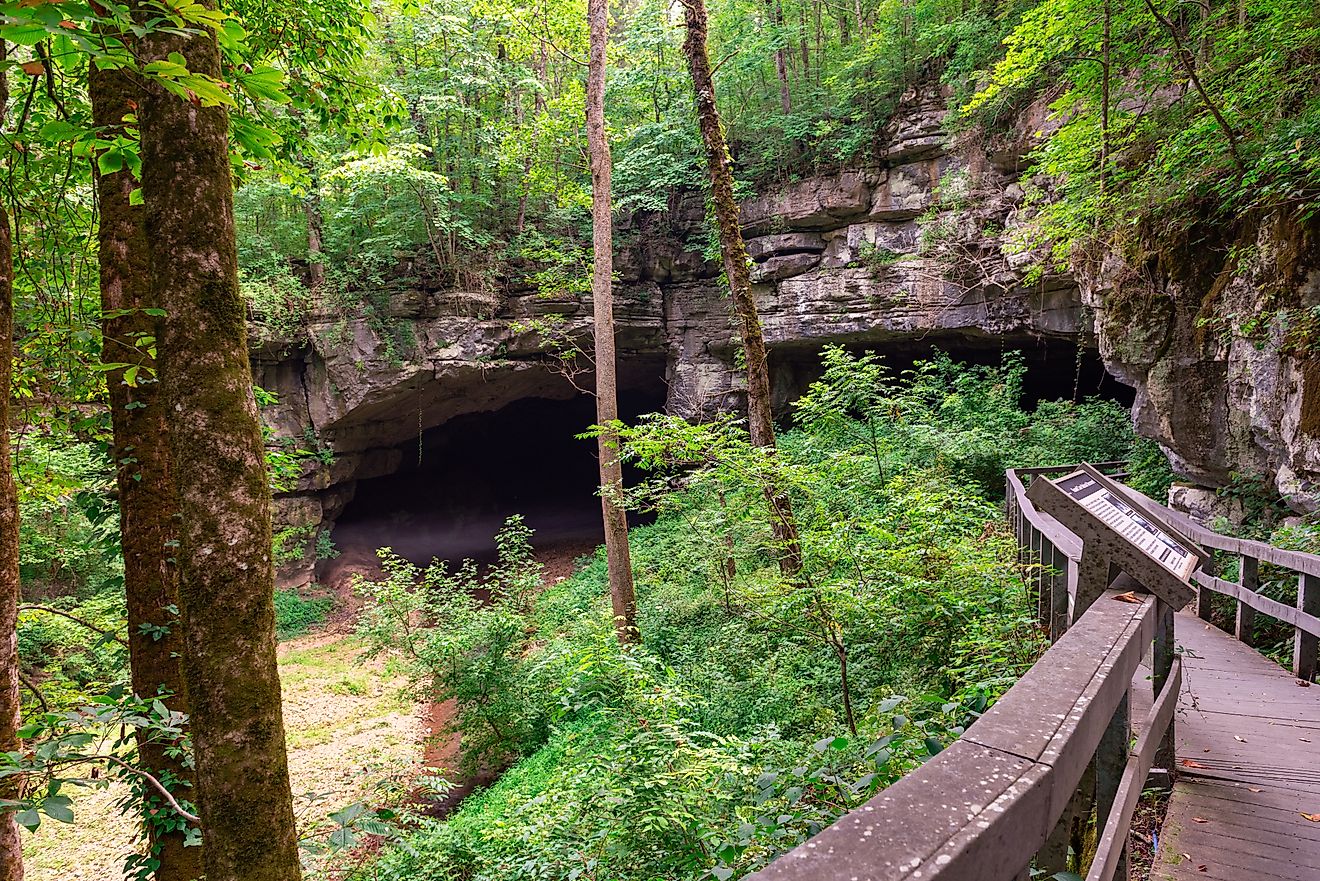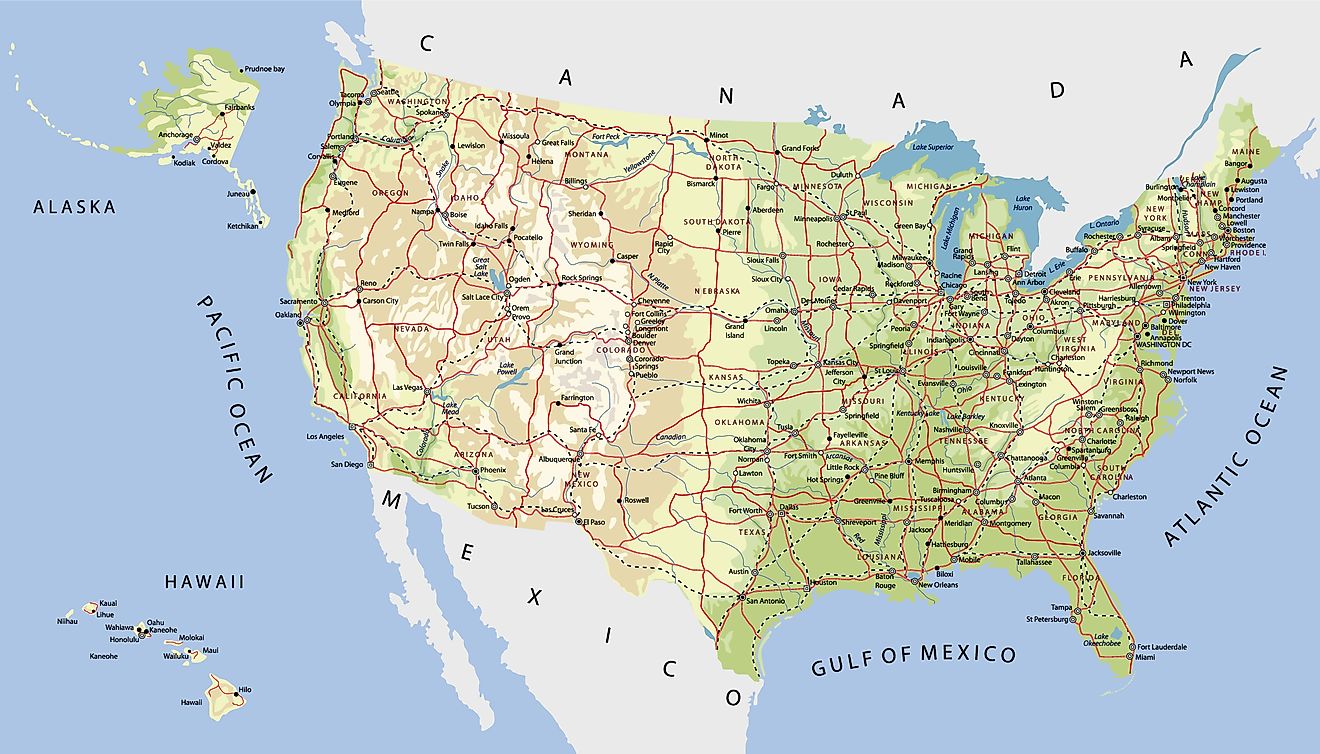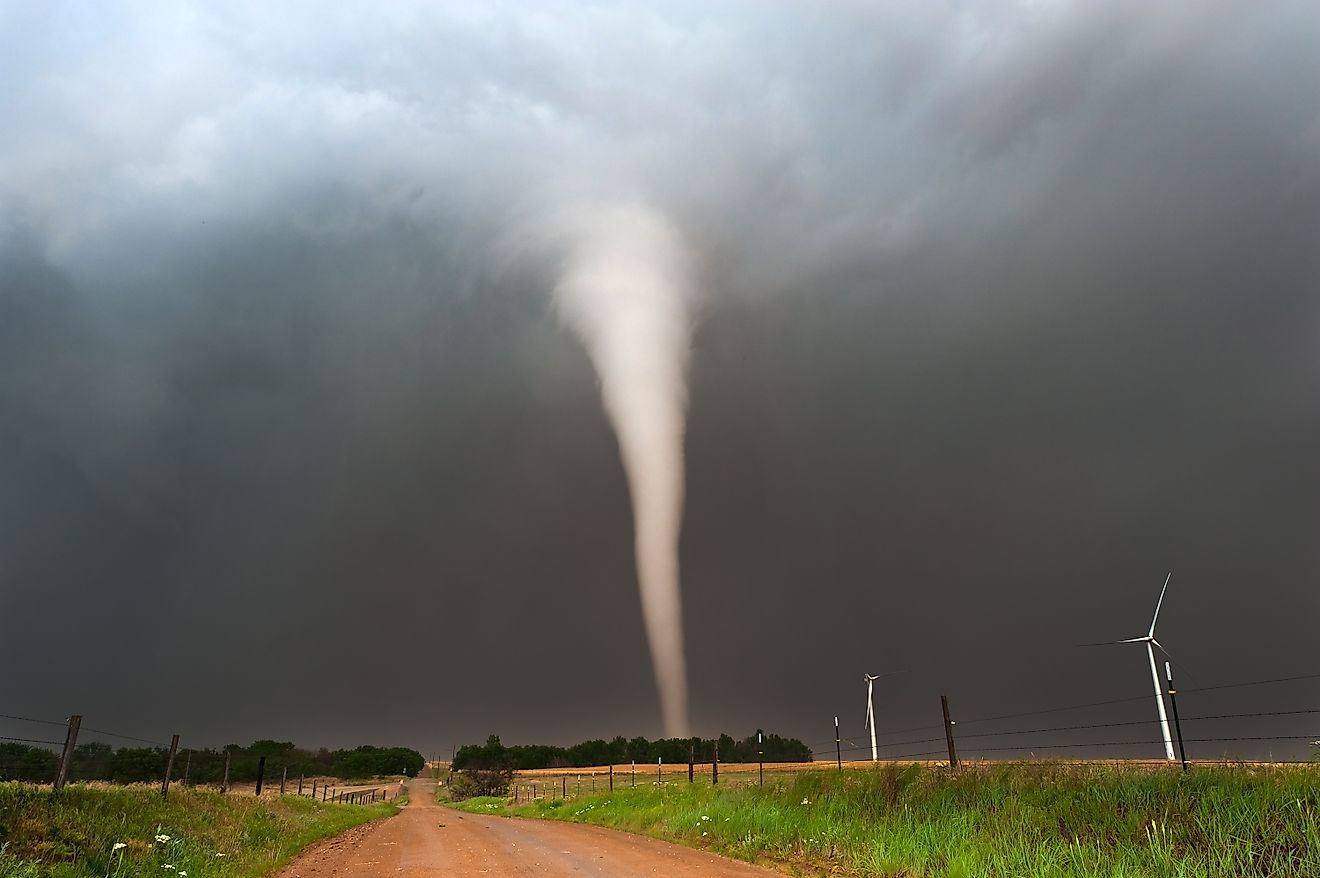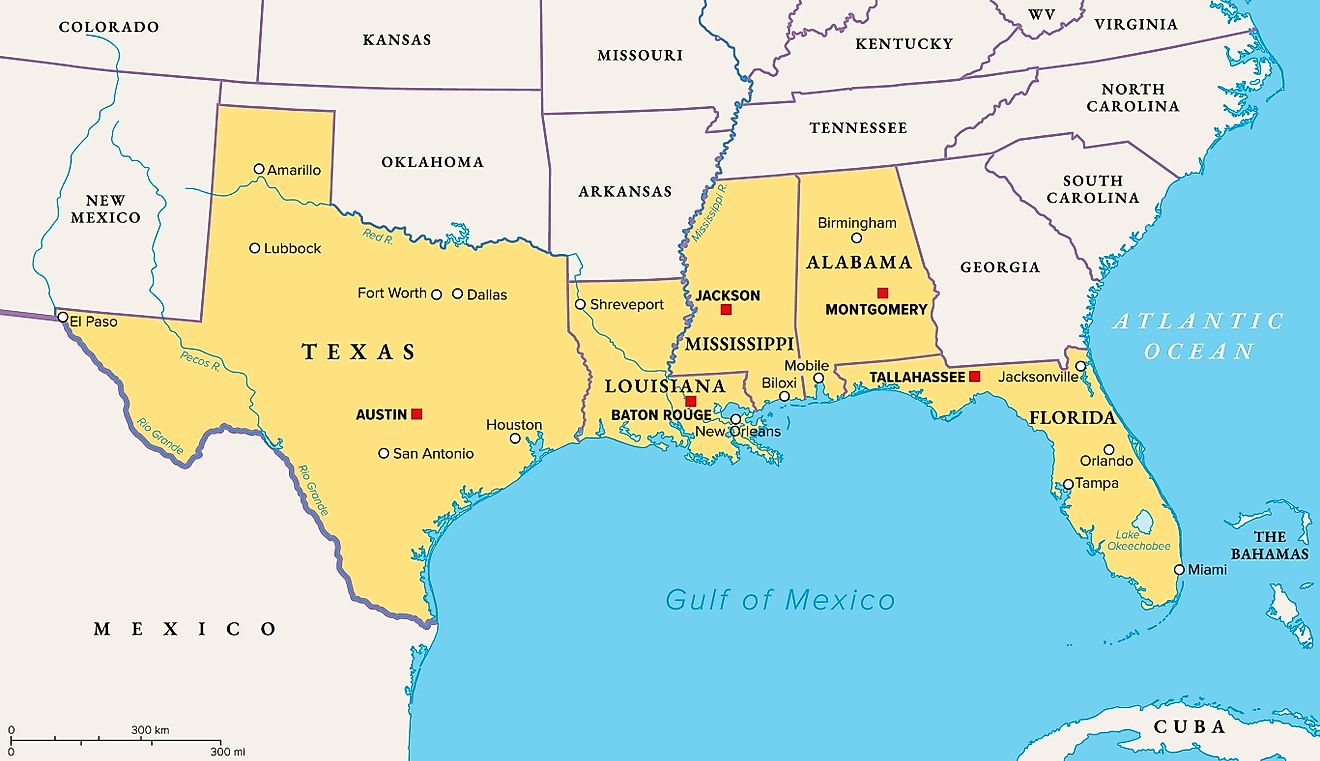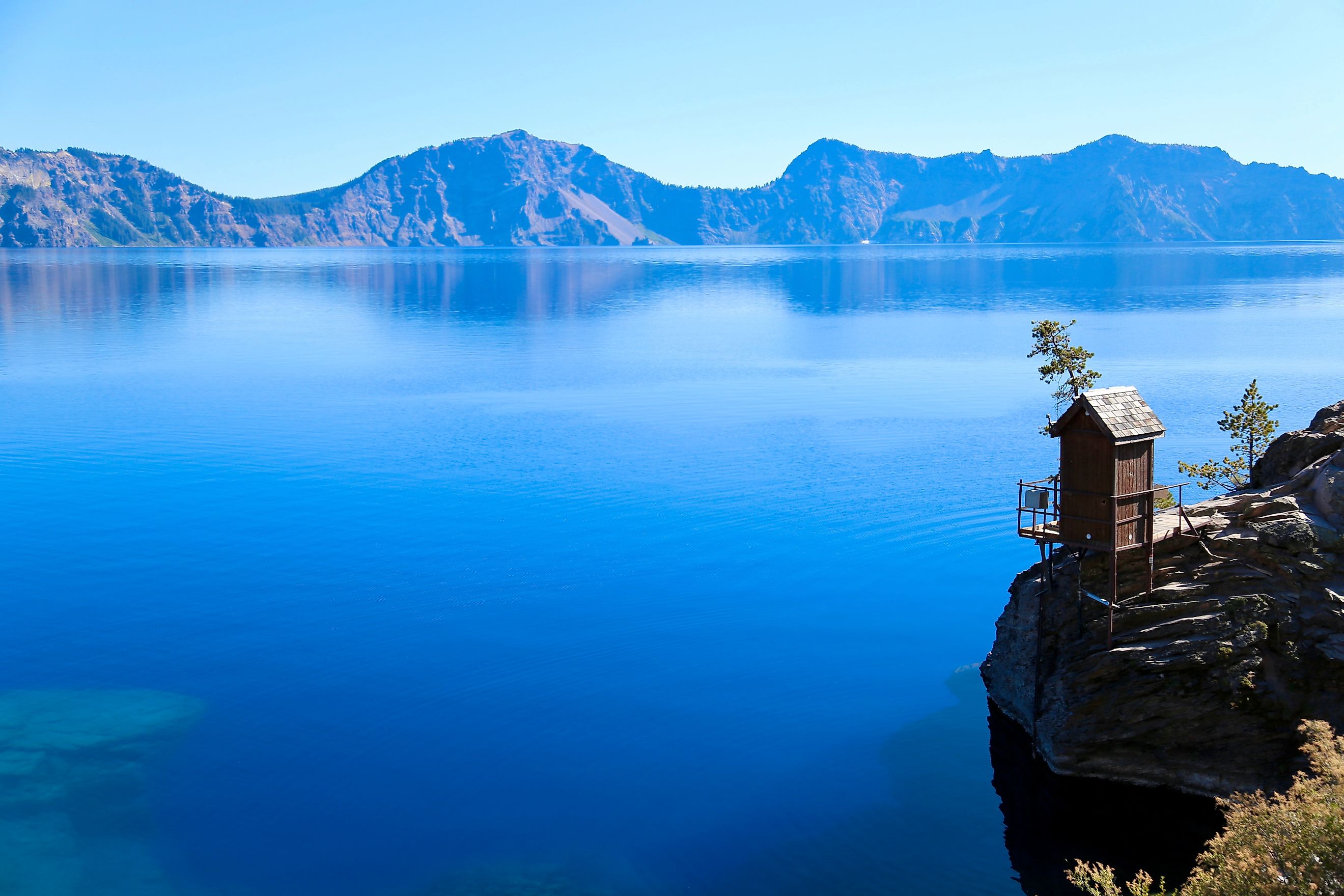
The Deepest Lakes in The United States
Some lakes are famous for their surface beauty, but a select few are known for what lies far beneath. The deepest lakes in the United States hold stories shaped by volcanic eruptions, glacial carving, and shifting tectonic plates. These underwater giants plunge thousands of feet below the surface, revealing a history written in rock, ice, and water. Their depths make them critical to science and conservation, offering clues about climate change, ancient geography, and freshwater ecosystems.
From the sapphire basin of Crater Lake to the glacial trenches of Lake Chelan, these natural wonders show just how complex and awe-inspiring the American landscape can be. Learn about how deep they go, how they formed, and what makes each one unique.
Crater Lake, Oregon
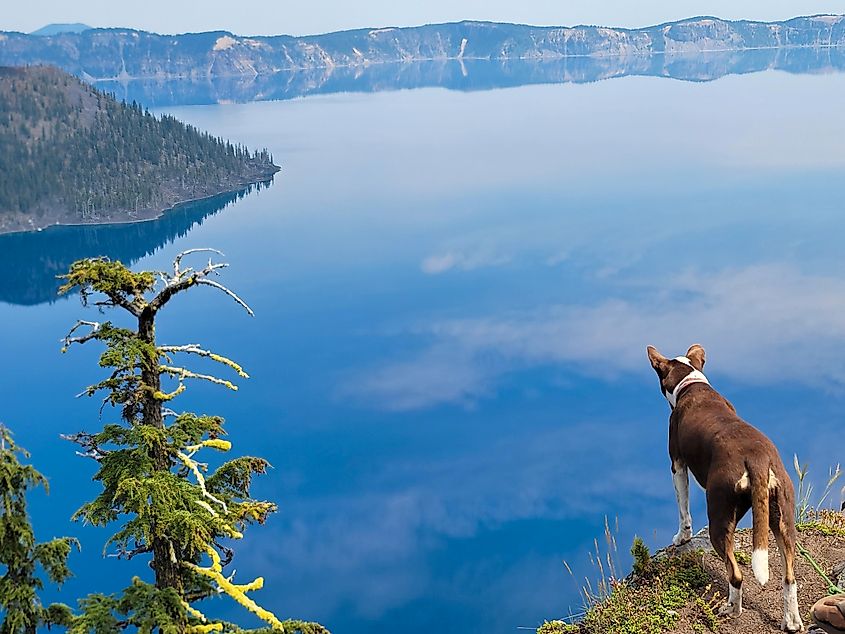
-
Depth: 1,943 feet
-
Year Formed: About 7,700 years ago
Crater Lake holds the title as the deepest lake in the United States and is the ninth deepest in the world. It lies within the collapsed caldera of Mount Mazama, a dormant volcano in southern Oregon. When Mount Mazama erupted approximately 7,700 years ago, it collapsed inward and formed the massive basin that would later fill with rain and snow, eventually becoming Crater Lake.
What makes Crater Lake unique is not only its depth but its clarity and color. The lake is famously blue due to the purity of the water and the absence of incoming streams or rivers. The lake is refilled solely by precipitation, which keeps the water remarkably clean.
Crater Lake is the centerpiece of Crater Lake National Park. Visitors flock to its rim to take in the breathtaking views, hike the surrounding trails, or boat out to Wizard Island, a cinder cone that rises from the lake’s surface.
Lake Tahoe, California/Nevada
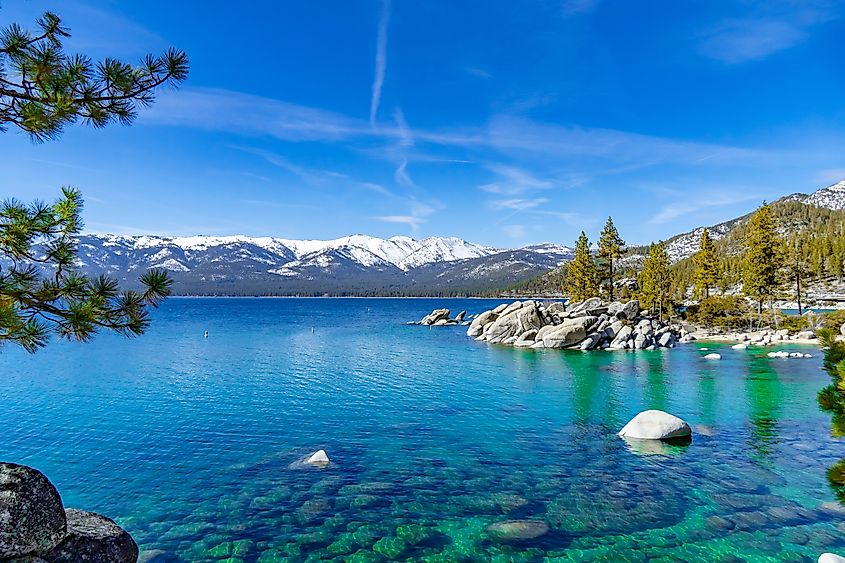
-
Depth: 1,645 feet
-
Year Formed: More than 2 million years ago
Lake Tahoe is the largest alpine lake in North America. It straddles the border of California and Nevada and is known for its clear waters, mountain surroundings, and vibrant outdoor recreation scene.
Tahoe's great depth results from faulting in the Earth’s crust, which caused land on either side to rise while the basin dropped. Glacial activity during the Ice Ages further shaped the lake into the massive bowl we see today.
This lake is not just a geological wonder but a popular destination year-round. Visitors come for skiing in the winter and swimming, hiking, and boating in the summer. Lake Tahoe also has a significant environmental conservation effort aimed at preserving its clarity, which has been threatened by development and climate change.
Lake Chelan, Washington
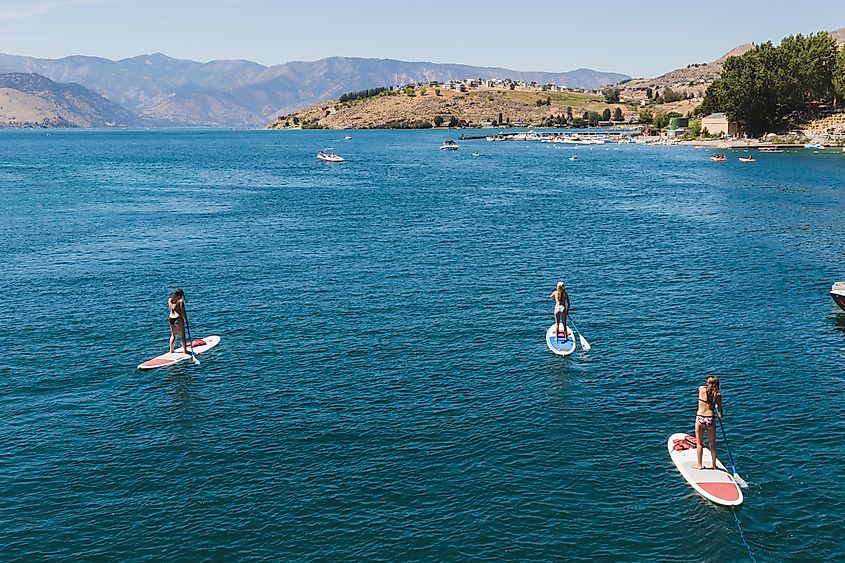
A sunlit holiday on the water at Lake Chelan, Washington with a group of people paddle boarding.
-
Depth: 1,486 feet
-
Year Formed: Roughly 10,000 years ago
Tucked into the North Cascades region of Washington State, Lake Chelan is the third deepest lake in the country. It stretches more than 50 miles in length but is very narrow, resembling a fjord. Formed by glacial erosion during the last Ice Age, the lake’s deepest point is actually below sea level.
Lake Chelan's depth gives it a stark contrast between its clear, cold waters and the rugged mountain terrain that surrounds it. The upper portion of the lake is more remote and wild, accessible mainly by boat or floatplane. This section is part of Lake Chelan National Recreation Area, managed by the National Park Service.
The southern tip of the lake is home to the town of Chelan, which is a hub for water sports, wine tourism, and family-friendly vacations. The lake's cold, deep waters also support a range of fish species, including lake trout and sockeye salmon.
Lake Superior, Minnesota/Wisconsin/Michigan
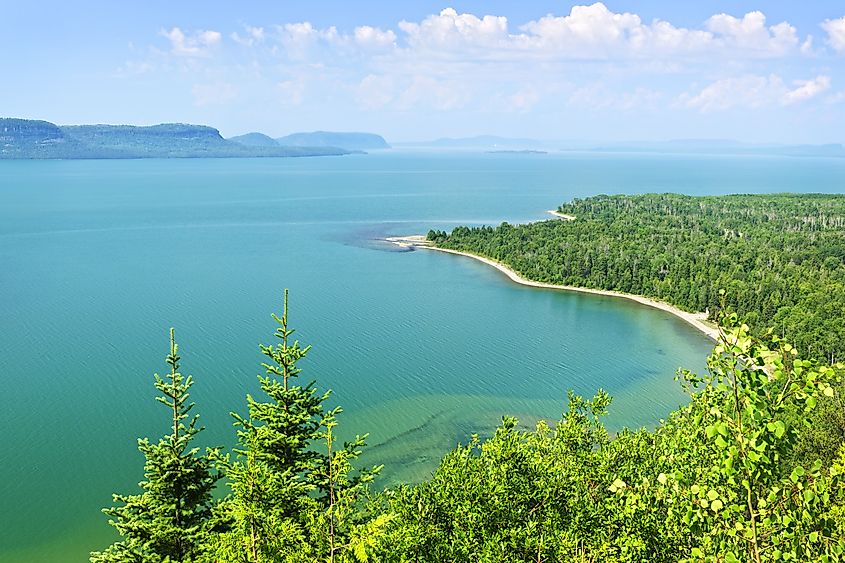
-
Depth: 1,333 feet
-
Year Formed: Over 1 billion years ago (basin formation), filled during last Ice Age
Lake Superior is the largest of the Great Lakes and the largest freshwater lake by surface area in the world. Though not the deepest overall, its immense size and volume make it a geological and ecological powerhouse.
Formed in a rift valley over a billion years ago, Lake Superior was shaped by multiple glacial periods that carved out the land and deposited massive volumes of meltwater. Its deepest point lies off the coast of the Keweenaw Peninsula in Michigan.
Lake Superior has a legendary reputation for its cold temperatures, fierce storms, and historic shipwrecks, including the famous Edmund Fitzgerald. Its shoreline is dotted with scenic parks, including Pictured Rocks National Lakeshore and Isle Royale National Park.
Lake Pend Oreille, Idaho
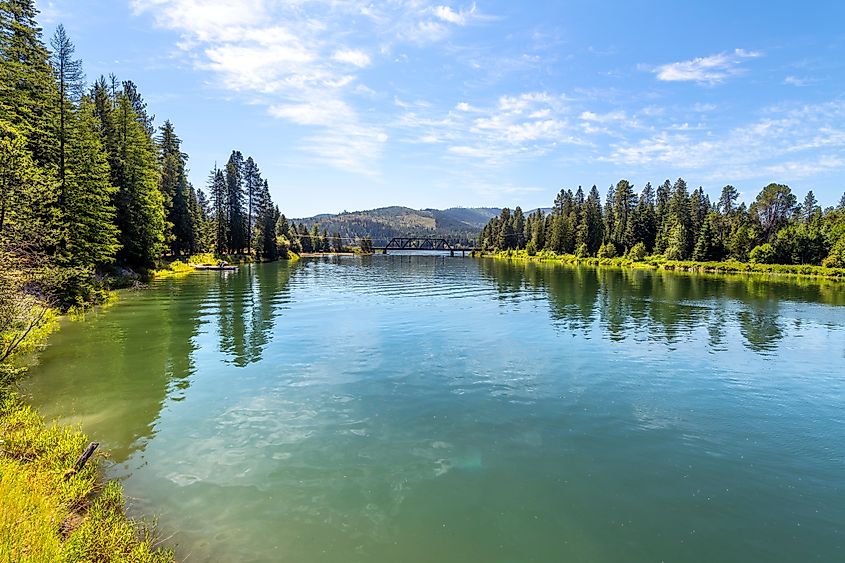
-
Depth: 1,150 feet
-
Year Formed: Around 10,000 to 12,000 years ago
Lake Pend Oreille, located in northern Idaho, is the fifth deepest lake in the US. and one of the most beautiful. It was formed by glacial activity near the end of the last Ice Age and is surrounded by the rugged Cabinet and Bitterroot mountain ranges.
This lake has a unique military history. The US Navy has used it as a testing ground for submarine and acoustic research, due to its great depth and quiet underwater environment. Even today, research continues at the Navy’s Acoustic Research Detachment based in Bayview.
Pend Oreille is also a favorite among anglers, boaters, and nature lovers. The lake supports a rich variety of fish, including lake trout, bull trout, and northern pike. Its waters are framed by forested hillsides and offer excellent opportunities for wildlife viewing, especially for bald eagles and osprey.
Hidden Worlds Below the Surface

Beneath their often serene surfaces, the deepest lakes in the US conceal vast underwater landscapes shaped by ice, fire, and time. Each one tells a different story, from Crater Lake's volcanic origins to Lake Superior's ancient rift valley. These lakes are vital resources and natural wonders, offering adventure, scientific discovery, and stunning beauty. Whether explored by boat, viewed from a cliffside, or studied in a lab, America’s deepest lakes invite us to look deeper and appreciate the powerful natural forces that created them.
10 Deepest Lakes in The United States
| Rank | Lake Name | Location | Depth (ft) | Approx. Year Formed |
|---|---|---|---|---|
| 1 | Crater Lake | Oregon | 1,943 | ~7,700 years ago |
| 2 | Lake Tahoe | California/Nevada | 1,645 | Over 2 million years ago |
| 3 | Lake Chelan | Washington | 1,486 | ~10,000 years ago |
| 4 | Lake Superior | Minnesota/Wisconsin/Michigan | 1,333 | Rift basin >1 billion years ago, filled during Ice Age |
| 5 | Lake Pend Oreille | Idaho | 1,150 | ~10,000–12,000 years ago |
| 6 | Lake Clark | Alaska | 1,056 | Glacial origin |
| 7 | Lake Michigan | Illinois/Indiana/Michigan/Wisconsin | 925 | Formed by glaciers ~10,000 years ago |
| 8 | Lake Huron | Michigan/Ontario | 751 | Glacial origin |
| 9 | Lake Crescent | Washington | 624 | Glacial and tectonic origin |
| 10 | Flathead Lake | Montana | 370 | ~12,000 years ago (glacial) |
